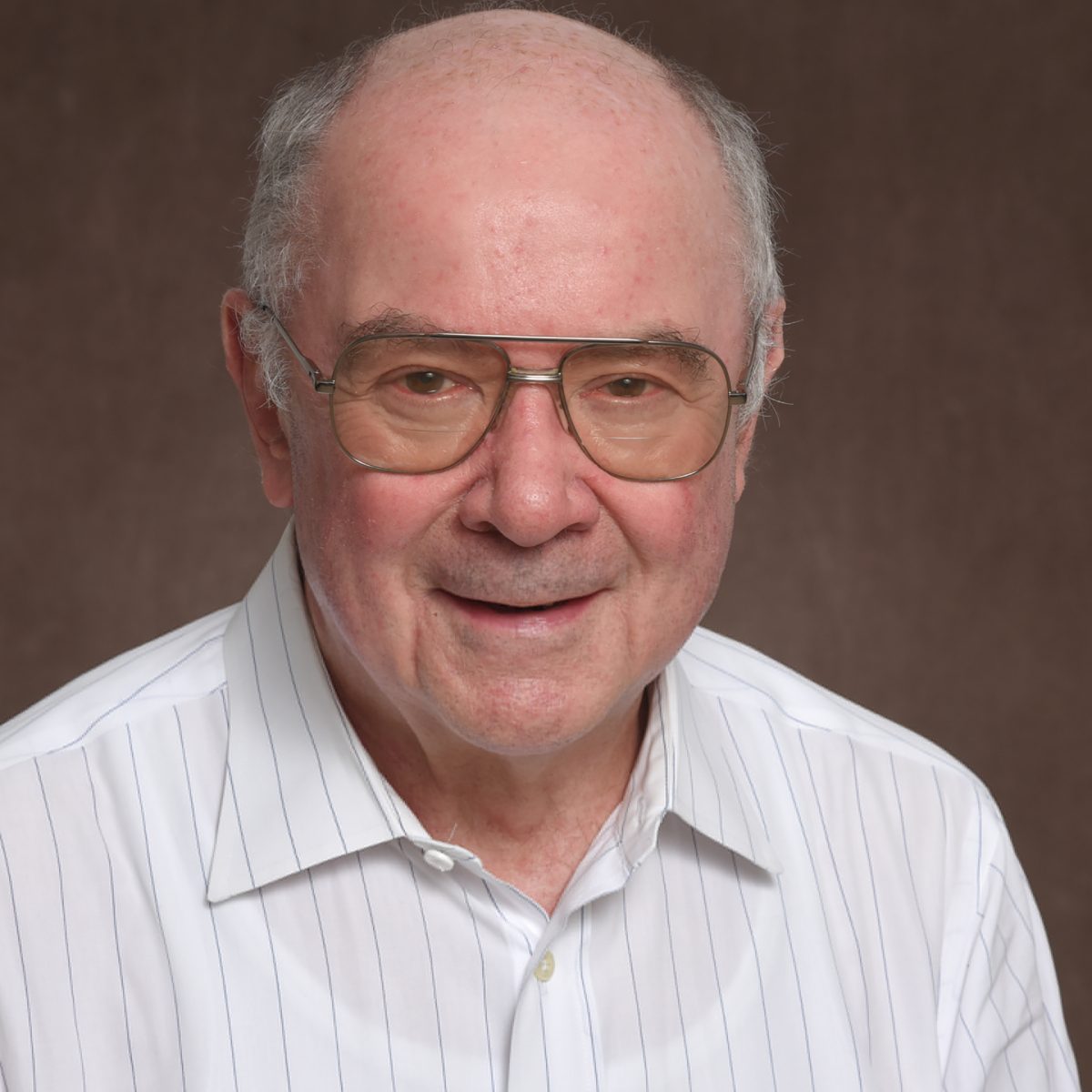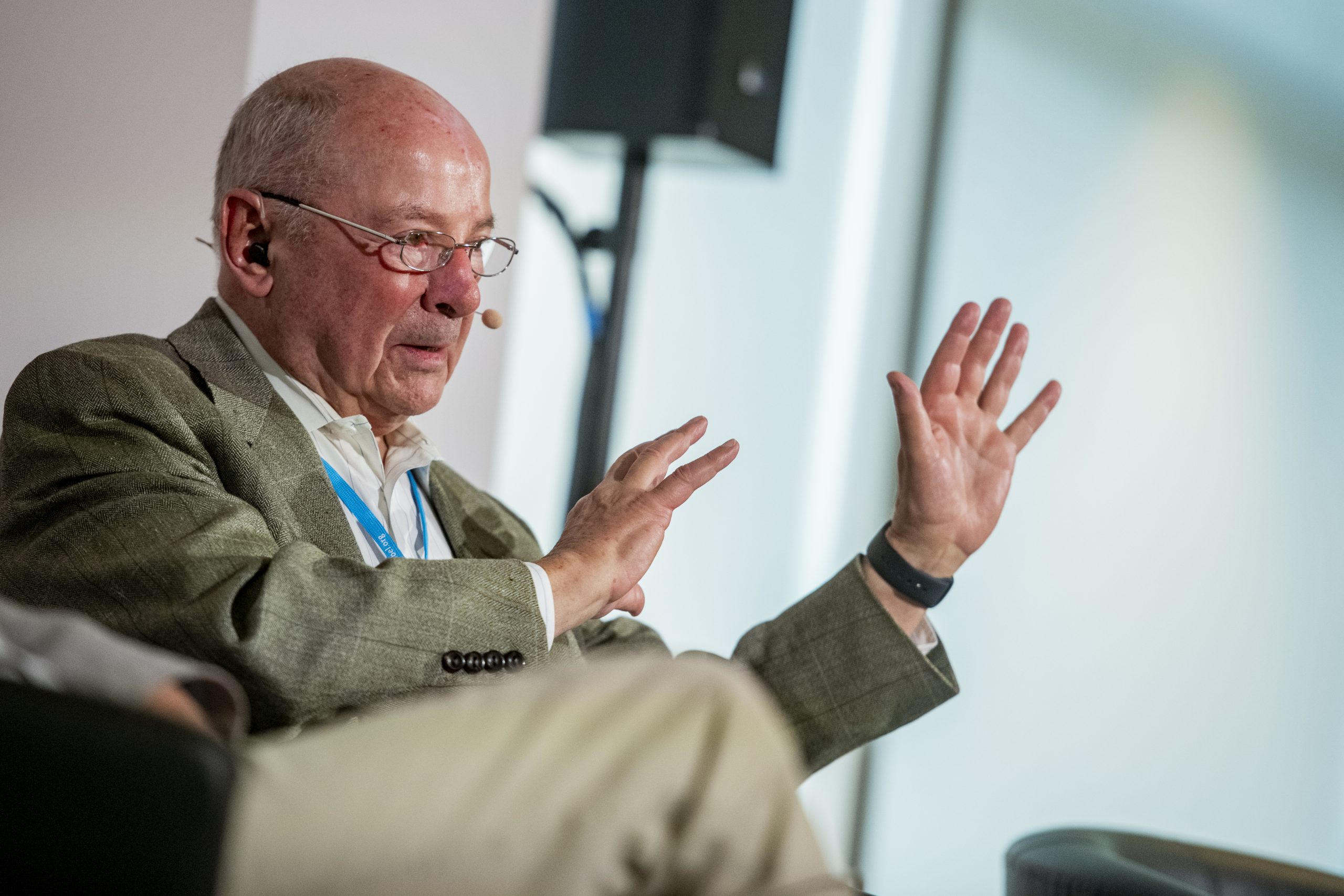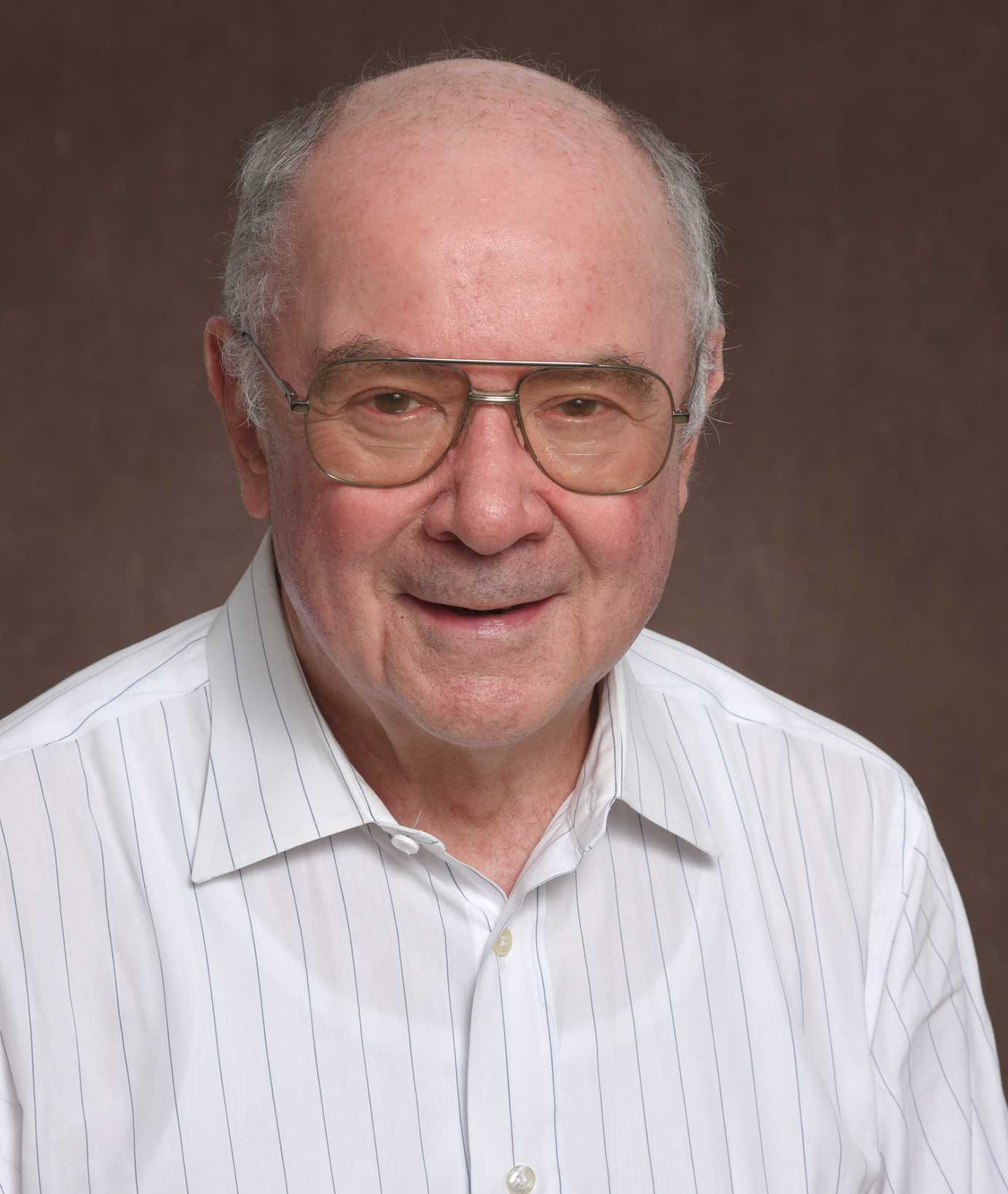
TUM Alumnus Prof. Dr. Johann Deisenhofer was awarded the Nobel Prize in Chemistry in 1988 together with Robert Huber and Hartmut Michel (Photo: Johann Deisenhofer).
In the interview, the TUM Alumnus talks about his years of study and research in Munich, why he moved to the United States as a professor, and what it’s like for a rather reserved scientist to suddenly find himself in the spotlight.

Picture: Patrick Kunkel/ Lindau Nobel Laureate Meetings
Biophysics promised many new discoveries and was an exciting, emerging field.
There were many highly respected members of this scientific field who directly told me that what we were trying to do was actually impossible.

TUM Alumnus and Nobel Laureate Prof. Dr. Johann Deisenhofer (Photo: Johann Deisenhofer).
Diploma Physics 1971, Doctorate 1974, Habilitation 1987
Johann Deisenhofer was born on September 30, 1943, in Zusamaltheim, a small village in Bavaria. He developed a passion for the natural sciences early on, particularly astronomy, which ultimately led him to study physics. After graduating from high school and completing his military service, he chose to study physics at TUM, inspired by the work of Nobel Laureate Rudolf Mößbauer, who had recently joined TUM. He received a scholarship for particularly gifted students to support his studies.
After earning his diploma, Johann Deisenhofer continued his scientific career in biophysics, starting a doctorate under TUM Professor Dr. Robert Huber, who led a group at the Max Planck Institute for Protein and Leather Research in Martinsried near Munich. His research focused on the crystallographic analysis of proteins, a field that was still young and challenging at the time. In collaboration with Robert Huber and Professor Dr. Hartmut Michel, Johann Deisenhofer succeeded in deciphering the three-dimensional structure of the photosynthetic reaction center of purple bacteria. This groundbreaking work provided a deeper understanding of photosynthetic processes and was awarded the Nobel Prize in Chemistry in 1988.
Johann Deisenhofer continued his career in the United States, becoming a professor at the University of Texas Southwestern Medical Center in Dallas, where he made significant contributions to the structural analysis of proteins. His research encompasses not only photosynthesis but also other biological processes such as signal transduction and immune response.
In addition to his scientific work, Johann Deisenhofer is also committed to training the next generation of scientists. He is a sought-after speaker at international conferences and has been honored with numerous awards and memberships in scientific academies. His work has significantly contributed to the development of structural biology and continues to inspire researchers worldwide.
In addition to the Nobel Prize, Johann Deisenhofer has received many other accolades, including the Federal Cross of Merit in 1990 and the Bavarian Order of Merit in 1992. In 2024, Johann Deisenhofer will celebrate his Golden Doctorate Jubilee with the TUM family.